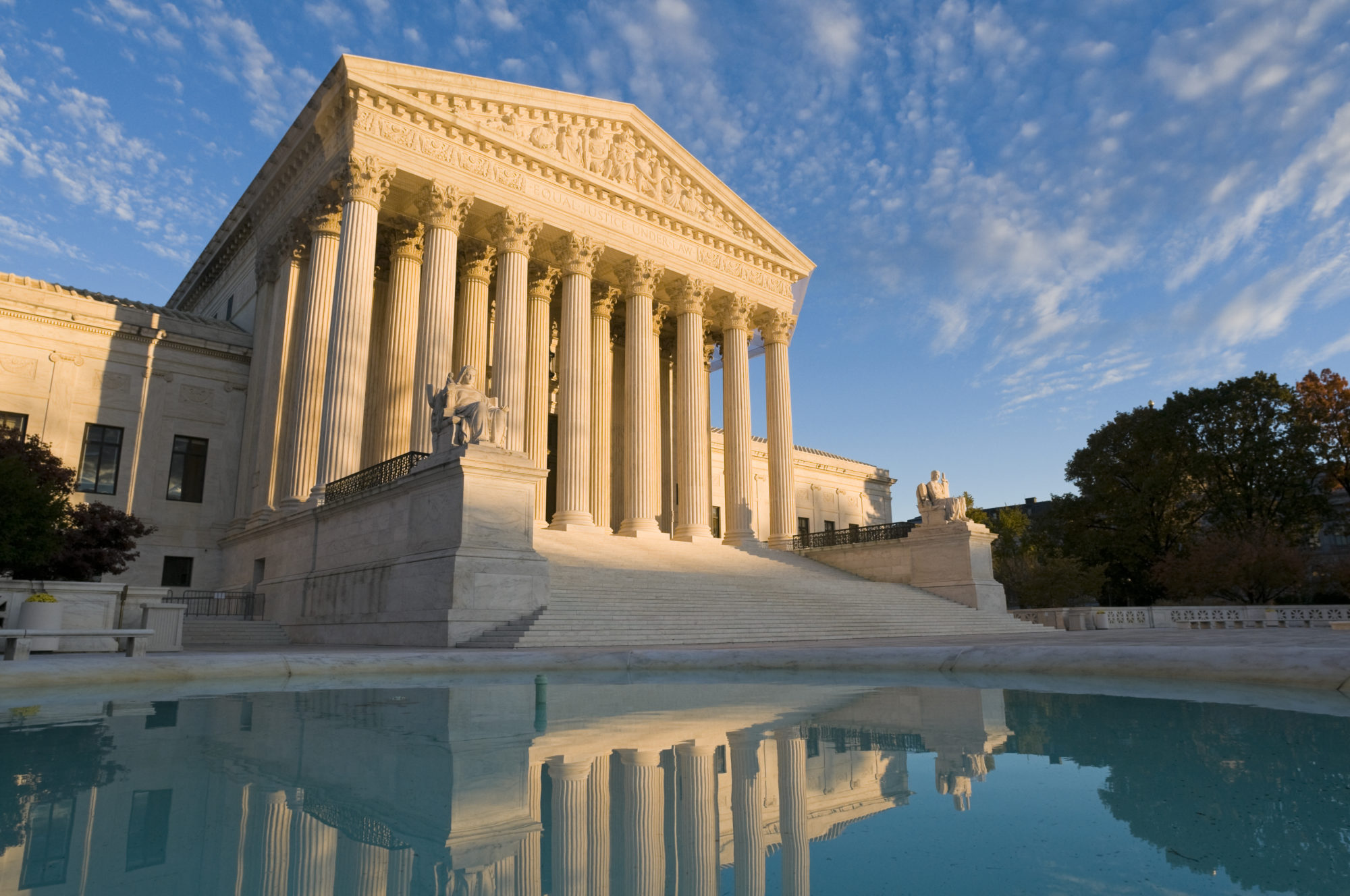As we discussed in last week’s post on predicting Supreme Court votes based on oral argument metrics, on average the justices have much more to say during oral argument to the party they ultimately vote against. Last week we focused on the micro-picture and how this “disagreement gap” could be used to predict the outcomes of cases based on oral argument. It is also worth looking at the longterm trend, and what the disagreement gap tells us about the Court as an institution.
The Disagreement Gap Over Time

We divided the data into two time periods: from the 1955 to 1994, and from 1995 to 2017. The shaded regions shows the 95% confidence interval for the trendline in each period. The division of the data between before and after the 1995 Term comports with the theory and findings in our forthcoming article, The New Oral Argument, that much of the increase in judicial activity during oral argument can be attributed to broader trends in political polarization, which escalated dramatically after the Republican Revolution in the 1994 Congressional election.
The figure above clearly shows that although a small disagreement gap has been a feature of Supreme Court oral argument for some time, the size of the gap drastically increased in the mid-1990s. Since the mid-1990s, the justices are now significantly favoring their “friends” over their “foes.”
The Disagreement Gap in the 2017 Term
The New Oral Argument examined 60 years of data, from 1955 to 2015. Now we are going to examine whether the disagreement gap applies evenly to all the justices. We focus on the recent 2017 Term, the first full term with Justice Gorsuch and without Justice Scalia.
The first two columns in the table below indicate the disagreement gap for each justice in the 2017 Term, in terms of words and speech events. The third and fourth columns show words and speech events in disagreement as a percentage of the total for each justice.
Justice |
Average Disagreement Gap |
Percent of Disagreement |
||
(Words) |
(Speech Events) |
(Words) |
(Speech Events) |
|
| Thomas | 0 | 0 | 0 | 0 |
| Kennedy | 10 | 0.7 | 52% | 54% |
| Breyer | 151 | 2.0 | 59% | 55% |
| Sotomayor | 147 | 3.2 | 61% | 56% |
| Ginsburg | 79 | 1.6 | 63% | 58% |
| Kagan | 158 | 1.1 | 63% | 53% |
| Roberts | 126 | 1.3 | 64% | 53% |
| Alito | 162 | 3.7 | 69% | 64% |
| Gorsuch | 147 | 4.1 | 70% | 64% |
Every single justice who spoke in the 2017 Term follows the pattern that we identified, of speaking less to the side that he or she ultimately agreed with. Only Justice Thomas is truly evenhanded, by speaking not a word to either side.
Yet there is significant variation even among the eight speaking justices. If the justices were as easy to read at the poker table as they are in oral argument, then you would rather be on a table with Justices Gorsuch and Alito than with Justices Thomas and Kennedy. Gorsuch does not just follow the trend that we identified prior to his arrival on the Court: he personifies it. Justice Gorsuch shows the largest difference in number of speech episodes directed at each side; in the average case, he directed about 5.5 questions or comments to the side he voted with and 9.5 to the side he voted against. Another way to look at this is that Gorsuch and Kennedy each spoke an average of slightly over 100 words to the side they voted for, but whereas Kennedy spoke almost as many words to his foes, Gorsuch had more than twice as much to say to the side he voted against.
It is not surprising that Justice Gorsuch fits the disagreement gap pattern so well. We identified this effect as a product of partisan polarization, and Gorsuch was appointed in a climate of extreme political polarization in Congress, in an era in which the public is more polarized than ever.

You must be logged in to post a comment.